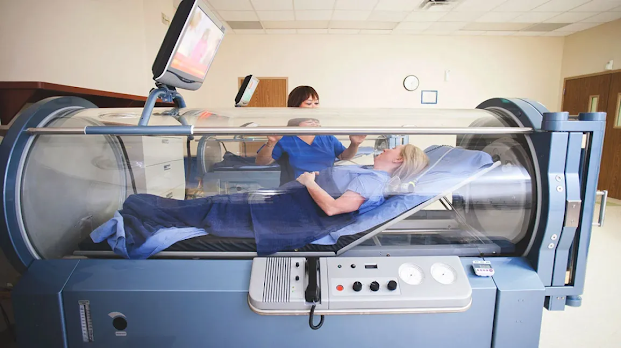Long COVID Microclots Symptoms: What You Need to Know
Long COVID, or PASC (post-acute sequelae of SARS-CoV-2 infection), is a struggle for many people. One thing that's come up is symptoms related to tiny clots, known as microclots. In this piece, we're looking closely at these microclots. We also talk about the signs that come with them. In short, these clots prove that Long COVID impacts people in muddled, different ways.
Long COVID Microclots Symptoms include:
1. Constant tiredness: Long COVID sufferers frequently feel incredibly tired for weeks or months after the sickness. Microclots might disrupt blood and oxygen flow, leading to extreme tiredness.
Brain fog and cognitive harm:
Difficulty thinking, or "brain fog," is a key sign of long COVID.Microclots in small brain blood vessels might damage brain functions, leading
to problems concentrating and remembering.
Difficulty breathing and chest pain:
Microclots in lung vessels can block blood flow, causing breathing problems and
chest pain continuing long after intense respiratory symptoms ease.
Headaches and feeling faint:
Microclots impacting the brain's blood supply can cause headaches,
lightheadedness, and faintness. The symptoms may worsen when standing or
exercising.
Nerve issues: Some long-term COVID
patients have nerve problems, including numbness, tingling, and weakness.
Microclots might interrupt blood flow to the nerves, leading to these problems.
While microclots may contribute to certain long-COVID symptoms, their precise
role is unclear. This also underlines the necessity of continual heart and
brain health monitoring in those recovering from COVID-19.
Wrapping Up!
While experts continue to study Long COVID, our healthcare
workers need to stay sharp about the range of signs experienced by those
affected. Understanding microclots helps us create better plans to help. This
way, we can give better care and quality of life for those dealing with this
tricky ailment.



Comments
Post a Comment